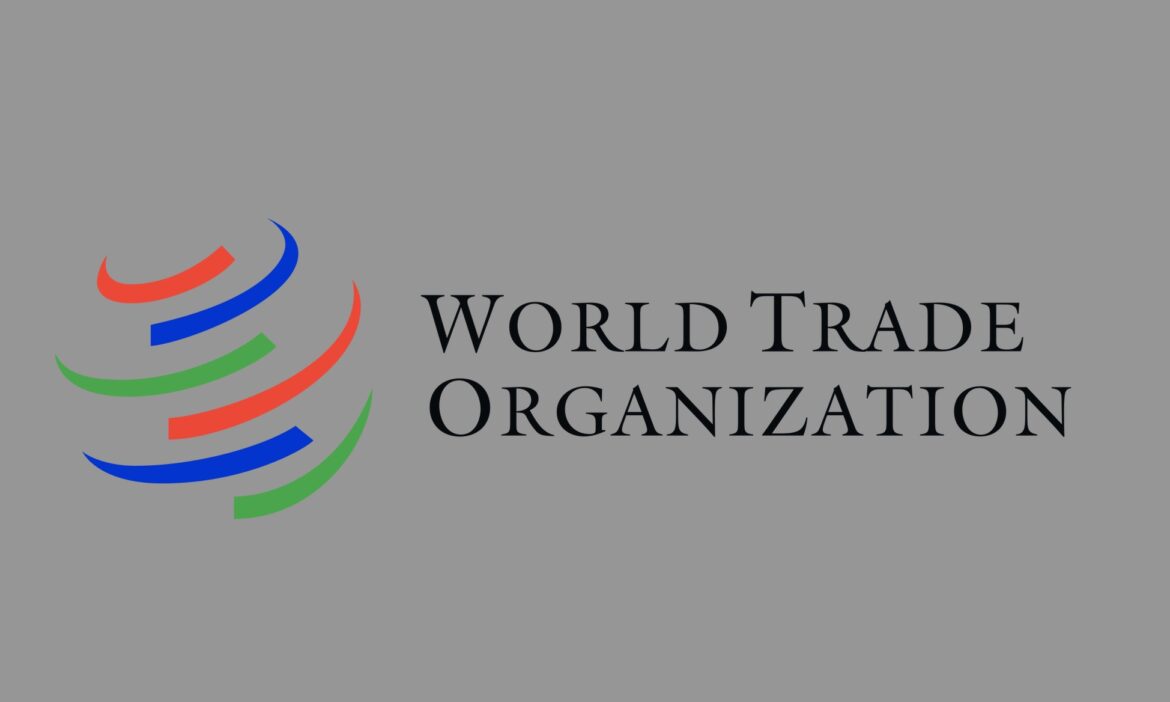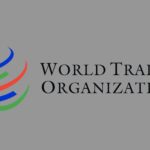The electric vehicle wars have gone multilateral. China has dragged India to the World Trade Organization (WTO), alleging that New Delhi’s flagship industrial policies — designed to wean the country off Chinese imports — have crossed the line between self-reliance and protectionism.
In a formal complaint circulated in Geneva on October 20, Beijing accused India of discriminating against foreign, particularly Chinese, suppliers through its production-linked incentive (PLI) schemes for advanced battery storage, automobiles, and electric vehicles. It said these programs violate global trade rules by linking subsidies to the use of locally sourced materials.
The dispute, filed under WTO case number WT/DS642, marks the most direct trade confrontation yet between the two Asian giants in clean technology — an area both see as critical to industrial dominance in the coming decade.
The Allegation: Subsidies With Strings Attached
China’s submission runs through the fine print of India’s three headline schemes:
- The PLI for Advanced Chemistry Cell (ACC) batteries launched in 2021, offering ₹18,100 crore in subsidies to set up domestic giga-scale battery factories.
- The PLI for Automobile and Auto Components, with ₹25,938 crore in incentives to promote advanced auto technology and EV parts manufacturing.
- The Scheme to Promote Manufacturing of Electric Passenger Cars, introduced in 2024, which temporarily slashes import duties for EV makers committing to build factories in India.
Beijing’s core objection is that each of these schemes makes subsidy payouts contingent on “domestic value addition” — a requirement that between 25 per cent and 60 per cent of inputs or value must be sourced locally. That, China argues, is tantamount to discrimination against imported goods and a breach of India’s obligations under the Subsidies and Countervailing Measures (SCM) Agreement, the Trade-Related Investment Measures (TRIMs) Agreement, and GATT 1994.
It also charges that the EV car scheme’s preferential import duty rate of 15 per cent for approved investors violates the most-favored-nation clause, because the advantage is not automatically extended to all WTO members.
India’s Playbook: Green Ambition Meets Trade Realpolitik
India’s PLI schemes are the backbone of its industrial transformation drive. Born under the “Make in India” and “Atmanirbhar Bharat” campaigns, they aim to reverse decades of import dependence and position India as a global manufacturing hub in strategic sectors — from semiconductors to solar modules to EV batteries.
The battery and auto incentives, in particular, are designed to reduce exposure to China, which currently controls more than 70 per cent of global lithium-ion cell production and dominates the supply chain for key minerals and components.
“India is walking the same industrial tightrope that the U.S. and EU are on,” said a Geneva-based trade official familiar with the case. “Everyone wants green manufacturing, but everyone wants it at home. The WTO’s rulebook was never written for this kind of industrial competition.”
A Clash of Economic Models
The WTO filing is more than a legal move — it’s a proxy battle over who defines the rules of the emerging clean-tech order.
For China, challenging India’s policies serves a dual purpose: protecting its export foothold and highlighting what it sees as hypocrisy in the global discourse. Beijing has long been accused of using industrial subsidies to dominate solar, EV, and rare-earth sectors. Now it’s turning the tables, portraying India’s push for self-reliance as equally distortionary.
For India, the stakes are existential. The PLI programs are among the few levers it has to close the manufacturing gap with China, attract global firms such as Tesla, Foxconn, and VinFast, and meet domestic climate targets. Rolling them back under WTO pressure could weaken the very foundation of its green-industrial strategy.
Legal Chess in Geneva
The request for consultations — the first stage of a WTO dispute — gives India and China 60 days to find a negotiated settlement. Failing that, China can demand the formation of a dispute panel.
If the case advances, it would become one of the WTO’s most complex recent disputes, combining elements of industrial policy, climate strategy, and trade discrimination. A ruling could take years — and even then, with the WTO’s appellate mechanism still paralyzed, enforcement would be uncertain.
“China knows the WTO’s enforcement system is broken,” said an Indian trade policy analyst. “This is about optics and precedent, not punishment. Beijing wants to plant the flag that India’s self-reliance drive is WTO-inconsistent.”
Déjà Vu in the Green Economy
India is not alone in facing scrutiny over local-content-based green subsidies. The United States’ Inflation Reduction Act, the EU’s Green Deal Industrial Plan, and Japan’s EV incentives have all been accused — sometimes by China itself — of distorting trade in favor of domestic producers.
In each case, governments defend such policies as necessary to meet climate goals, diversify supply chains, and secure jobs. India is likely to make the same argument. It could also invoke Article XX of GATT, which allows exceptions for environmental protection and national development needs.
Still, India’s defense may be complicated by the precision of its domestic-content rules — which specify not just production thresholds but formulas for calculating “domestic value addition.”
Geopolitics Beneath the Legalese
Beyond Geneva, the case reflects growing mistrust between Asia’s two largest economies. Border tensions remain unresolved, bilateral trade deficits persist, and both countries are vying for leadership in the Global South’s industrial transition.
India’s battery and EV policies are explicitly aimed at cutting Chinese imports, while Beijing’s complaint underscores its unease over being excluded from India’s emerging clean-tech value chains.
“This isn’t just about lithium or cars — it’s about influence,” said a former Indian commerce negotiator. “China wants to remind India that industrial nationalism comes with multilateral consequences.”
The Bigger Question: Can the WTO Still Police Green Protectionism?
The case lands at a time when the WTO itself is under strain. As economies pour billions into clean-energy subsidies, the distinction between fair competition and protectionism has grown murky.
If this dispute proceeds, it could become a test case for whether the WTO can still enforce 20th-century trade disciplines in a 21st-century world of strategic decarbonization.
Whatever the outcome, both India and China are unlikely to back down. The green transition is now the arena where trade, technology, and power intersect — and where the next generation of economic rivalry will play out.






